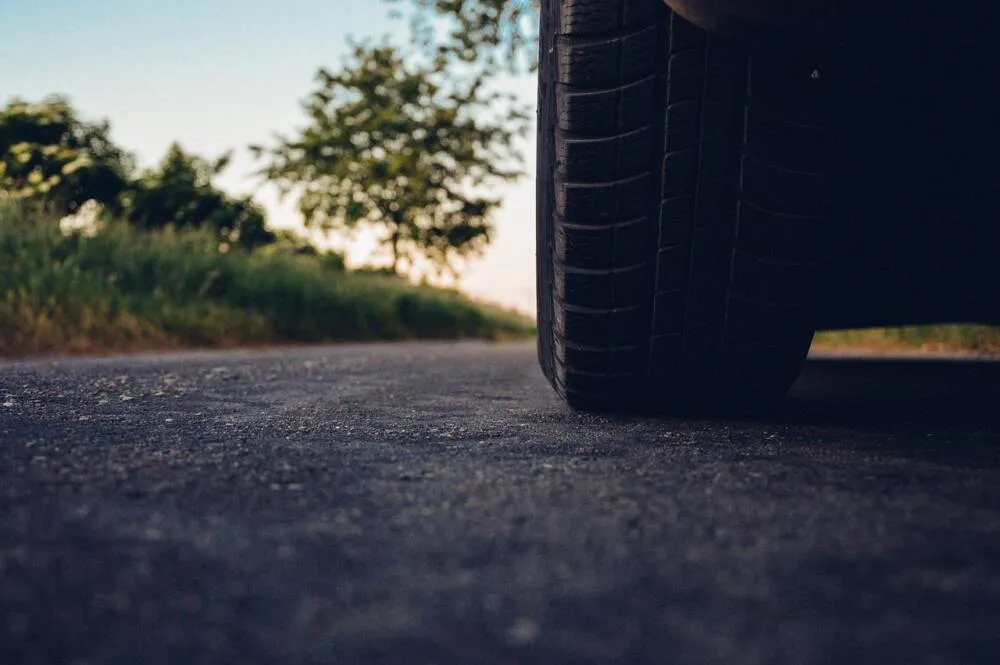Elisabeth Rødland investigated particulate emissions from roads and traffic and improved a method for analyzing microplastics. The results show that there is a clear link between pollution and speed limit.
Today, road pollution is a serious environmental problem in many places. Particles from road traffic pollute the climate, air, soil and water.
'When it comes to road pollution, we usually talk about high concentrations of particles such as mineral particles and micro and nanoparticles from car tire wear and road surfaces,' explains PhD student Elisabeth Rødland.
Read also: Norway and the EU agree to strengthen energy cooperation
In recent years, research interest in tire and road wear particles has increased significantly due to increased interest in micro- and nanoplastics. This is because car tires and some types of road surfaces contain synthetic rubber. Road markings also contain various types of plastic, and particles abrade from the markings road surfaces are a source of microplastics from the road.
Calculating microplastics from roads and traffic
In his PhD thesis, Rødland improved the analytical method for measuring microplastics from roads and traffic.
- The main focus was on the wear particles from car tires and the black sticky organic material that forms the glue in the asphalt, the so-called polymer-modified bitumen.
It also measured the amount of abrasive particles and bitumen in the snow along the roads in Oslo and Bærum, as well as in various parts of the Smestad tunnel in Oslo. It also examined the washing water from the tunnels and the soil in the ditches along the roads.
New and improved method
The new Rødland methods perform better than other methods and also include asphalt microplastics, which was not possible before. The results also show that snow near the road contains very high concentrations of both particles from car tires and bitumen compared to other snow tests and compared to road runoff and tunnel washing water.
"This shows that it is important to provide good solutions for municipal snow dumps and snow storage, especially near water courses, to prevent these microplastics from spreading into the environment," he says.
Slow down near sensitive nature?
The results also showed that the higher concentration of particles in car tires and asphalt was clearly related to the increasing speed limits on roads, as well as the speed limits related to traffic.
- Reducing speed limits in urban areas and close to sensitive nature can therefore be a tool to prevent the spread of this type of microplastics.
The discoveries at the Smestad tunnel showed that the highest concentrations of plastic particles accumulated near the tunnel walls. This shows that it is important to have good road dust collection procedures inside the tunnels before washing the tunnels and draining the washing water. In the tunnel, Smestad also measured the concentrations in both contaminated washing water and purified washing water, after staying in the cleansing pool for 21 days.
The results show that the cleaning retained approximately 60% of the particles. The doctoral thesis shows that further research should be carried out on different types of cleaning in order to find optimal cleaning solutions also for road microplastics.
Read also: Red carpet for cyclists in Drammen
Rødland also investigated whether road salt could be a potential source of microplastics from roads.
"It's true that there are microplastics in road salt," says Rødland.
- But the amount of microplastics from road salt compared to car tires, asphalt and asphalt markings is negligible.
Elisabeth Rødland will defend her doctoral dissertation on Thursday, August 25 "Microplastic particles from roads and traffic - occurrence and concentrations in the environment". The trial lecture and defense are open to all interested.
Source: NMBU
Read and learn more: How many penalty points do you have on your Norwegian driving license?



